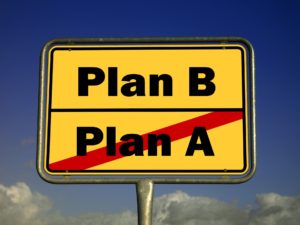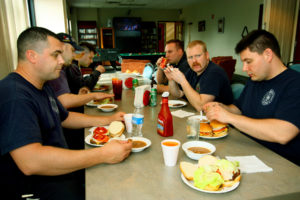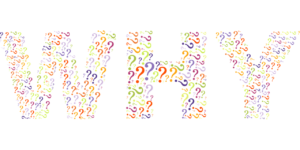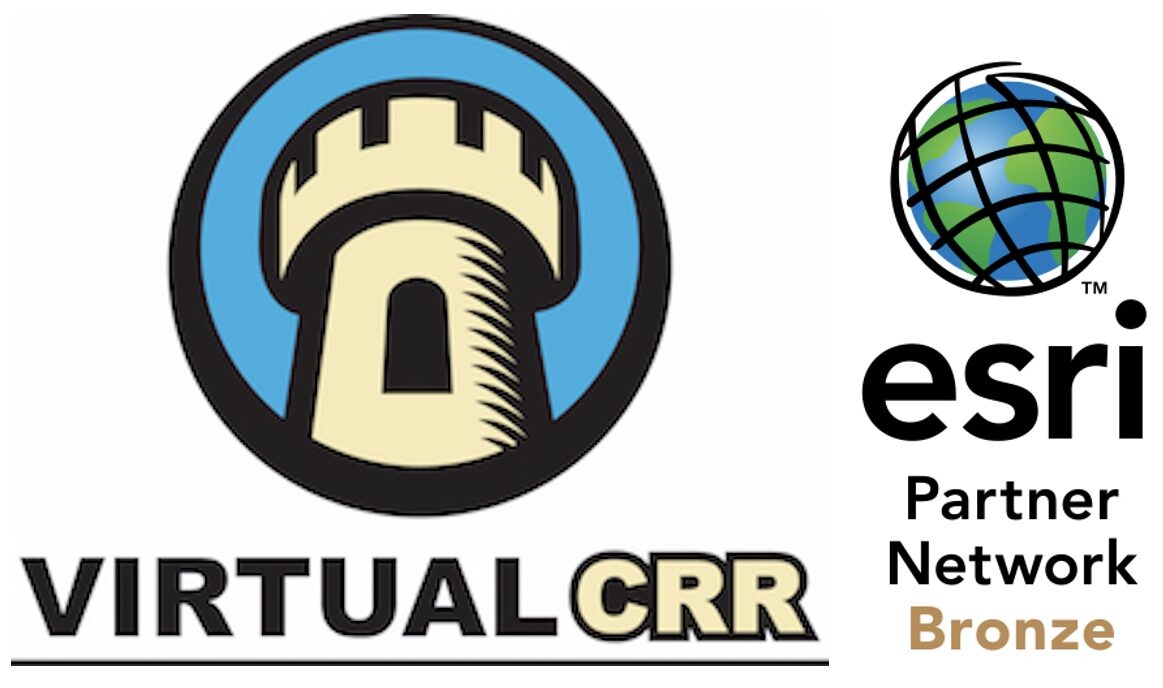Community Risk Reduction Perceptions
So is Community Risk Reduction working in your department or not? A lot of it has to do with perception. Having been in the fire service for over 20 years, one thing is very apparent to me. As firefighters, we have very strong opinions. Sit at the table at line up or chow time, participate in an after-action review of a call or training, or discuss anything really and you will find different opinions and people who are convinced they are right. But who is truly right in each of these situations? These perceptions can make or break your efforts.

Who’s Involved in Community Risk Reduction?
When I look at the success of a Community Risk Reduction Program or Process, there are many groups within the fire service who participate. Some examples include the fire chief, administrative staff, fire prevention, community leaders, outside organizations, and fire operations all participate in Community Risk Reduction. I am going to cause a controversy here. There is one of these groups that can make or break your CRR efforts, Fire Operations.
If you’re still reading after that last sentence, hear me out. I am not saying Fire Operations is more important or better than any other group. The greatest number of our personnel are found in Fire Operations and they often find themselves in front of more of your community than other sections. I will also say, this group will give you a harder time if they are not on board and have the ability to destroy your efforts faster than any other. On the plus side though, they will be able to push your Community Risk Reduction efforts forward if they are on board. Operations personnel make up the vast majority of our department’s personnel, make sure you are utilizing them effectively.

Firefighters
Firefighters are strong personalities who are generally not afraid to state their opinion, very vocally. My wife reminds me frequently when I’m involved in a discussion, “you are not at the fire station, don’t use your fire station voice.” What does she mean? Apparently, “normal” people aren’t as passionate about debating anything and everything as firefighters are. When I am “discussing” a topic, my voice gets much louder and my posture changes, no matter the topic. It seems the louder I speak, the “righter” (not a good word but it fits) I am. We can debate anything from the merits of transitional fire attack, vertical ventilation, extrication tactics, the chief’s latest plan, or even why we should use bar soap vs. liquid soap. It doesn’t matter, we will debate, and want to be right, no matter the discussion. The cool thing is, as long as we can say our peace, we usually still walk away as friends.
Understand Your Audience and Their Needs
What does this have to do with Community Risk Reduction success? You need to understand your audience and their needs. I am a huge proponent of Community Risk Reduction and I want it to be successful. Unfortunately, I’ve seen quality CRR activities destroyed or at a minimum, not be as successful as they could be because Fire Operations did not share the vision. I am in Fire Operations and even struggle within myself regarding this. We must take the time to do three things in these situations.
- Create clear goals and expectations concerning the “WHY” of Community Risk Reduction roles and responsibilities.
- Listen to and take input from ALL groups responsible for Community Risk Reduction activities.
- Don’t waste time and energy on activities that could or should be done in a better way.

The “WHY” of Community Risk Reduction
Unfortunately, Community Risk Reduction efforts are still seen as the “Chief’s” or “Fire Preventions” responsibility rather than a collective effort that even includes Fire Operations. While deciding on a CRR activity, determine the “WHY.” Then, explain that “WHY” to all of the groups. Show statistics, personal stories, and whatever else you need to show the “WHY.”
“Listen” and Take “Input” Regarding Community Risk Reduction
Now its time to upset the “Chiefs,” you don’t know everything and you probably won’t be doing the work for your Community Risk Reduction vision. Take the time to listen and take input regarding your department’s Community Risk Reduction efforts. I will guarantee one thing, your efforts will go much farther if those actually doing the work have input on how the work is to be done. They will work harder and deliver a much higher quality product than if they are told what they will be doing.
Don’t Waste Time and Energy in the Wrong Areas with the Wrong People
Quick story, I work in a department that is part of a regional team known as a Joint Hazard Assessment Team (JHAT). The team includes representatives from SWAT, Bomb, and Hazmat to deal with incidents that have or may have multiple hazards that a single discipline cannot handle on their own. A scenario might be an active shooter who has placed IED’s and may have chem/bio/radiological hazards. As assignments were given during training exercises on how to respond to these incidents, hazmat was often assigned decon. Our Law Enforcement partners were mystified when Hazmat personnel were not excited about this assignment. A simple analogy was given to them. “Assigning Hazmat to decon is like assigning SWAT to perimeter control.” Hazmat is obviously in charge of how Decon is accomplished but our engine and truck companies are the ones who actually perform it. Make sure you are assigning Community Risk Reduction tasks to the appropriate resources. Tracking statistical data may not be the job of fire operations and someone who is scared to death of public speaking may not be the right person for giving a presentation at a community center.
If something can be automated, don’t make someone do it. This is where a program like Virtual CRR, videos, and social media come in. We know that home visits are effective for transmitting information and collecting data, but we don’t have the resources to hit every home. A customized Virtual CRR program allows you to ask the same questions, teach the same information, and collect the same data as a home visit, without sending a physical resource. Are we going to virtually get into every home and will that be enough for every home? Absolutely not, but for many, if not most, of those homes it is more than we are doing now. We can reserve our “human” resources for those that have follow-up questions or are unable to utilize a Virtual CRR program. Use your “human” resources for the most important parts of your Community Risk Reduction programs.
So are your Community Risk Reduction Efforts Working?

That is a loaded question and a moving target. There are many different activities concerned here and many different opinions out there. If you are doing something, you are moving forward. If there is someone within your organization who doesn’t think it is working, there is more you could be doing or in different ways. Take the time to listen to their concerns. During these discussions, two things should occur. One, you have the ability to learn and possibly modify your efforts for the better. Two, the person who doesn’t feel it is going well can have their perception opened and at times even changed to see from a different view that things are actually going well.
